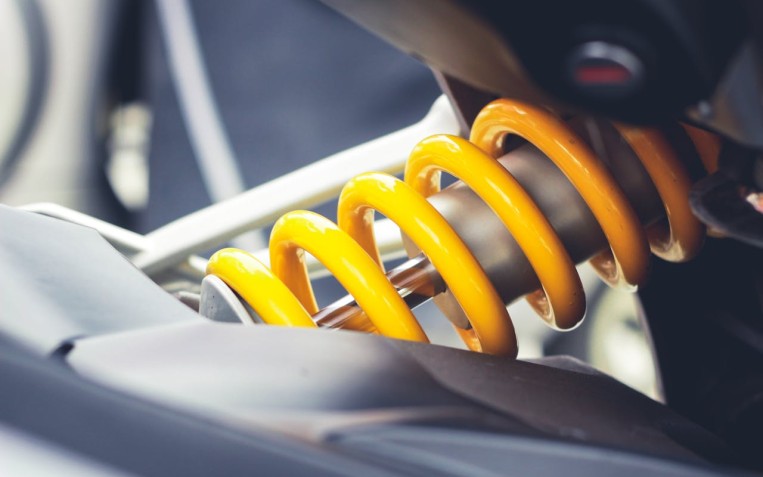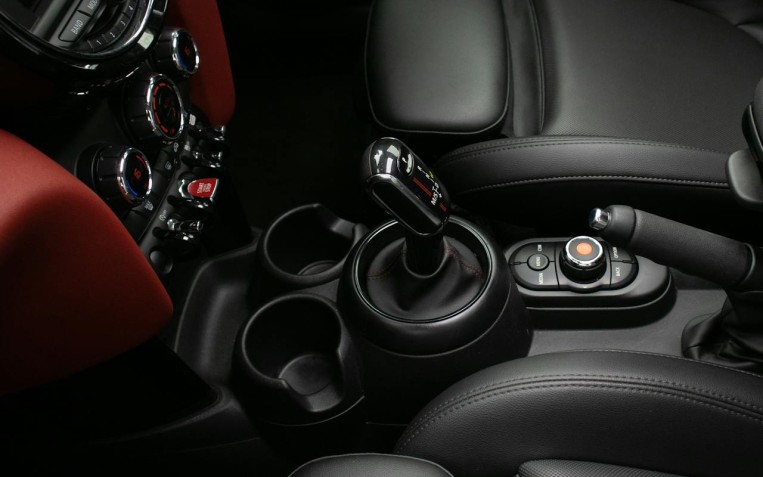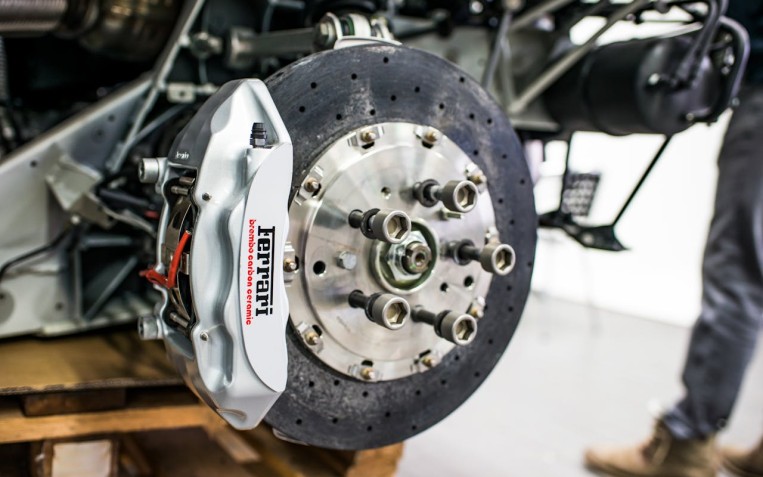A guide to the different types of car clutches

The clutch is responsible for channelling the power from the engine, through to the gearbox, and the wheels. Your vehicle's clutch will differ depending on the make and model of your vehicle. PTA’s article covers the various clutch types used in conventional and racing vehicles.
Friction clutch
Many vehicles have a friction clutch. A friction clutch consists of a release bearing, pressure plate and clutch plate which operates by a cable or hydraulically. The bearing allows the clutch to engage or disengage the flywheel and gearbox. Most cars use a single-plate clutch, with powerful vehicles requiring a multiplate clutch. When depressing the clutch pedal, the bearing applies pressure to the diaphragm springs within the pressure plate. This creates pressure on the clutch plate, thus disengaging the gearbox from the flywheel.
Wet clutch
A wet clutch uses oil to cool and lubricate the components inside the clutch. Typically, this clutch type is used in cars which generate high amounts of torque and heat. An engine that produces more than 250lb-ft of torque would require this type of clutch as the oil would reduce the likelihood of the gearbox overheating or incurring damage.
Dry clutch
Dry clutches don’t require oil to lubricate them. Most dry clutches are designed with a single plate, making them more efficient than wet clutches. This is due to the lack of lubrication required, reducing the amount of power loss between the clutch and driveshaft.
Dual-clutch systems
Most supercars, hatchbacks and saloons use a dual-clutch gearbox. This clutch type consists of a small clutch for even gears and a large clutch for odd gears. A typical dual-clutch system uses two wet multiplate clutches, removing the need for a torque converter. This means your vehicle can seamlessly change gears as one clutch engages while the other disengages, meaning there is no break in the gearbox’s output.
Multiplate clutch
Multiplate clutches consist of multiple plates stacked one upon the other. Stacking the plates means the clutch allows them to fit into the same size as a conventional friction clutch. Therefore, it can handle a larger torque output without sustaining car-breaking damage. The FIA Formula One World Championship and the World Rally Championship are a few motor racing series that use this clutch type in their cars.
Electromagnetic clutch
Electromagnetic clutches can be found on modern vehicles that have automatic gearboxes. This clutch type is activated via a button on the gearstick or a proximity sensor when your hand is positioned near the gearstick. Once the clutch is activated, an electrical current is generated, thus creating a magnetic field channelling into the rotor. This creates friction, which in turn engages the gearbox and engine.
Have you noticed your clutch slips when changing gears or is your vehicle experiencing a loss of acceleration? Book your next clutch repair service by contacting your nearest PTA garage today.
Related Content

Should I have soft or stiff suspension springs for my vehicle?
Suspension springs are essential for maintaining your vehicle’s stability and ride height. Over time, the springs will succumb to wear and tear, which affects how your car handles, brakes and accelerates on the road. Discover whether you should...

What is engine braking?
Engine braking involves taking your foot off the accelerator pedal, allowing your car to slow down. Over time, the parts on your vehicle’s braki...

Brake rotors: What are they and how do they work?
Having a reliable braking system is essential for any vehicle. The components work to ensure your car or van stops or slows down. Brake rotors form a...

